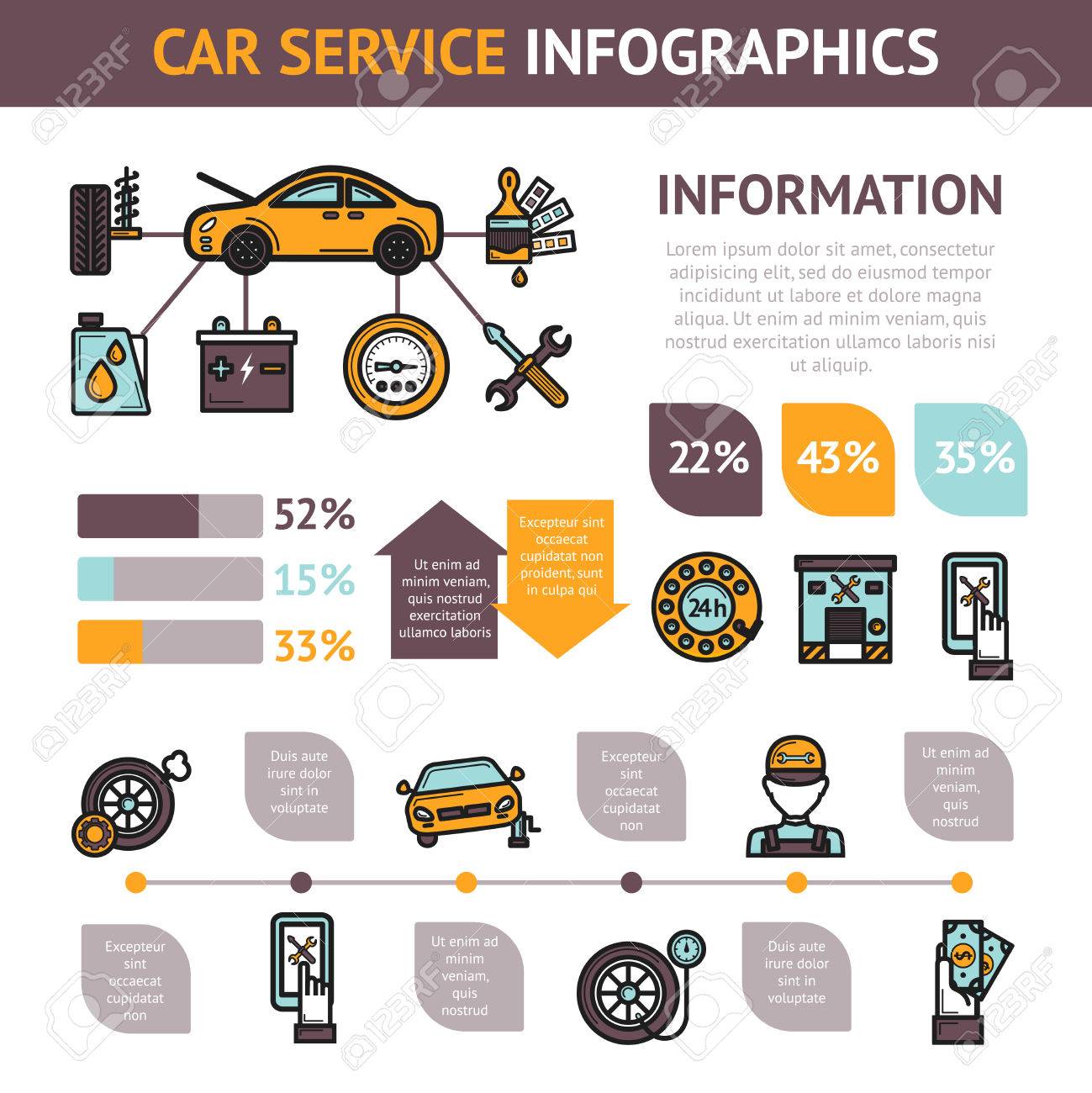Eager To Understand What The Dashboard Warning Lights In Your Auto Represent? Discover Their Meanings For The Health And Safety Of Your Automobile
Eager To Understand What The Dashboard Warning Lights In Your Auto Represent? Discover Their Meanings For The Health And Safety Of Your Automobile
Blog Article
automotive and marine -Faulkner Stark
When you lag the wheel, those glowing caution lights on your control panel can be a bit perplexing. Do you understand what they're attempting to inform you regarding your cars and truck's wellness? Recognizing the importance of these lights is important for your safety and security and the durability of your automobile. So, please click the next internet page following time among those lights turns up, wouldn't you wish to decode its message properly and take the needed actions to address it?
Common Caution Lights and Interpretations
Recognize common caution lights in your vehicle and understand their significances to make sure secure driving.
One of the most normal caution lights consist of the check engine light, which indicates issues with the engine or emissions system. If this light comes on, it's critical to have your automobile checked immediately.
The oil stress warning light suggests low oil pressure, needing instant focus to stop engine damage.
A blinking battery light may recommend a malfunctioning charging system, potentially leaving you stranded otherwise attended to.
The tire pressure tracking system (TPMS) light notifies you to reduced tire pressure, influencing automobile stability and gas effectiveness. Neglecting this could bring about harmful driving problems.
The abdominal muscle light shows an issue with the anti-lock braking system, jeopardizing your capability to quit swiftly in emergencies.
Finally, the coolant temperature warning light warns of engine overheating, which can result in serious damage if not dealt with promptly.
Understanding these typical warning lights will certainly help you attend to problems quickly and maintain secure driving problems.
Value of Prompt Attention
Understanding the common caution lights in your vehicle is just the initial step; the importance of promptly addressing these warnings can not be stressed sufficient to ensure your safety when driving.
When a caution light illuminates on your dashboard, it's your automobile's method of communicating a possible concern that requires focus. Neglecting these cautions can lead to a lot more serious problems down the road, compromising your safety and possibly costing you much more in repairs.
Prompt focus to alerting lights can stop break downs and accidents. For instance, a flashing check engine light might indicate a misfire that, if left unattended, could trigger damages to the catalytic converter. Addressing this promptly can save you from a costly repair.
Likewise, a brake system advising light may signify low brake fluid or worn brake pads, essential parts for your safety and security when driving.
DIY Troubleshooting Tips
If you see a caution light on your control panel, there are a couple of do it yourself fixing ideas you can attempt before looking for expert aid.
The primary step is to consult your automobile's handbook to understand what the specific warning light indicates. Often the concern can be as simple as a loose gas cap triggering the check engine light. Tightening the gas cap might settle the trouble.
One more usual concern is a low battery, which can cause different warning lights. Checking the battery links for corrosion and guaranteeing they're safe and secure could fix the issue.
If a caution light continues, you can try resetting it by separating the automobile's battery for a couple of minutes and after that reconnecting it. Additionally, inspecting your lorry's liquid degrees, such as oil, coolant, and brake fluid, can help troubleshoot alerting lights connected to these systems.
Conclusion
Finally, recognizing your cars and truck's warning lights is important for maintaining your vehicle running efficiently and safely. By promptly attending to these signals and understanding what they suggest, you can prevent expensive repairs and possible breakdowns.
Remember to consult your vehicle's manual for particular details on each warning light and act accordingly to ensure a trouble-free driving experience.
Stay informed, stay risk-free when driving!
